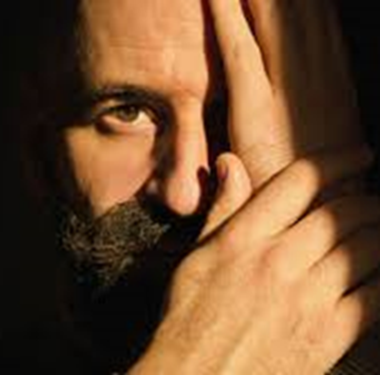For the third time this season, Alicante’s ADDA audience heard a major piece by Richard Strauss. The Violin Concerto is an early work, written when the young man was a teenager and still searching for a mature voice. As a consequence, it does remind one of Brahms, Mendelssohn here and there, amongst others.
But its overall conception is quite different. For a start, there is no obvious cadenza. Even at sixteen years of age, Richard Strauss was trying to write a concerto where soloist and orchestra were to combine to deliver an integrated musical experience. This was never conceived as a vehicle to allow a soloist merely to show off. And so it needs to be performed cooperatively, with the soloist always mindful of the orchestra’s contribution.
On this occasion, the soloist was Jesús Reina, a musician who devotes much of his time to playing chamber music in small ensembles. If anyone would be sympathetic to this need for integration, then, surely, he would be. The audience was not to be disappointed. He was so completely sympathetic to the orchestra’s role that he often turned during the time when he was not contributing to face the orchestra and actually listen to what they were playing. The result was a truly integrated work, with a musical argument coming to the fore. Pierre Bleuse’s direction also allowed the perfect balance to develop.
The concert had begun with the orchestral version of Ravel’s Le Tombeau de Couperin. Now this work is often played almost as if it were conceived as an eighteenth-century concerto grosso, rather than an homage to the form from the point of view of a twentieth century composer.
This performance crafted by Pierre Bleuse was different. The shape was still there, but the hard, staccato edges seem to be softened. The strings seem to be offering commentaries rather than statements. The result was a beautifully balanced, surprising and thoroughly post-impressionist, twentieth century piece. It paid homage to the past while saying something quite new. It is such a familiar piece, but what a surprise!
Mozart’s G Minor Symphony occupied the second half of the concert. It is hard to find anything new to say about the work, but it is also a work that does not need novelty. It is so well crafted, so perfectly conceived, that it makes its own points every time it is played.
Pierre Bleuse’s direction brought out every aspect of
Mozart’s score. It was serious,
threatening, lyrical, playful, and always inventive. A real treat brought the
evening to a close in the shape of Chabrier’s Habañera, a surprisingly subtle
an interesting little piece. Another surprise!

No comments:
Post a Comment
Please do keep comments relevant to the post